

The year was 1968: six years before the so-called ‘Carnation Revolution’. Life in Portugal at that time could be tough. Not for Heitor de Moraes, though: this was the year he became the first owner of a pretty special blue car. Fast-forward to 2020, and another chapter of the car’s history was written, with its third owner also driving it along the curving roads of southern Portugal. Only this time, with surfboards on the roof.
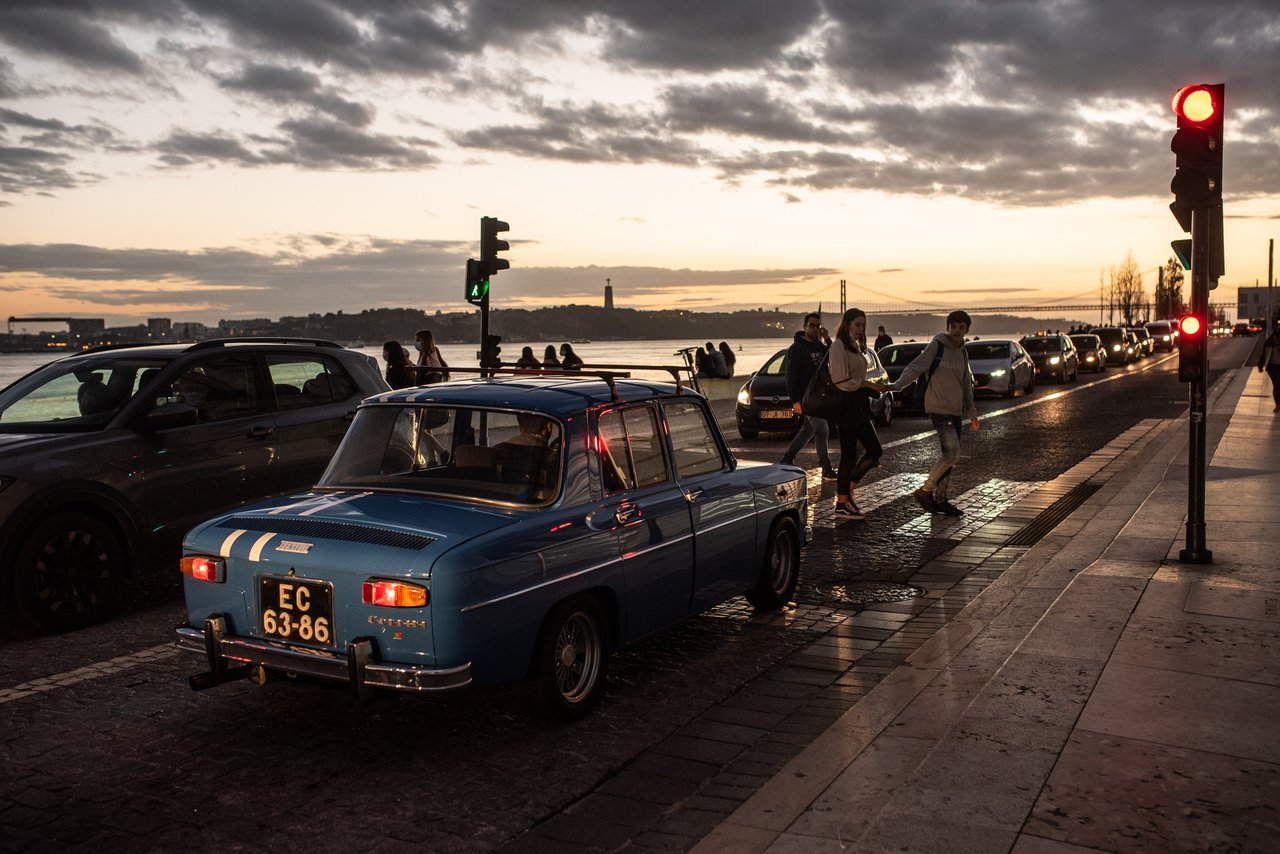
According to the story related when the car was sold, Heitor was quite successful in racing, which comes as no surprise. In the late ’60s, this vehicle was winning rallies all around Europe: events like the Tour de Corse, Rally Poland, Rallye Açores, the Boucles de Spa and many others.
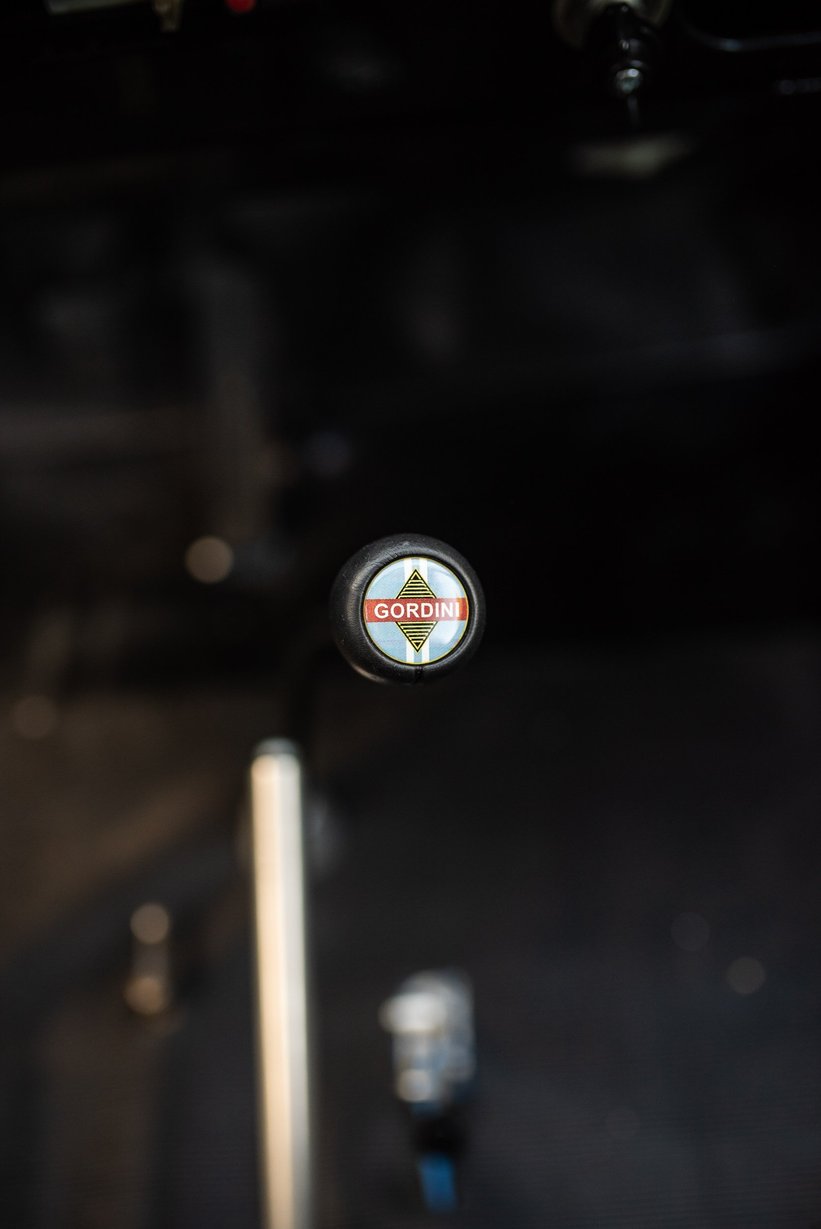

The Renault 8 was launched in 1962 as a successor to a legendary Dauphine. Nobody could have predicted at the time that the small family saloon would become a racing legend. Yet, thanks to the magic touch of Amédée Gordini, it turned out to be a very potent machine.

Born in 1899 in Bazzano, Italy, Gordini started to race in the late ’20s, and during the ’30s worked for Fiat and Simca. It took him another 20 years to found his own company, which in 1957 was acquired by Renault. He was kept waiting two years by his new employer before he built the first car. But it soon became obvious that it was worth the wait.
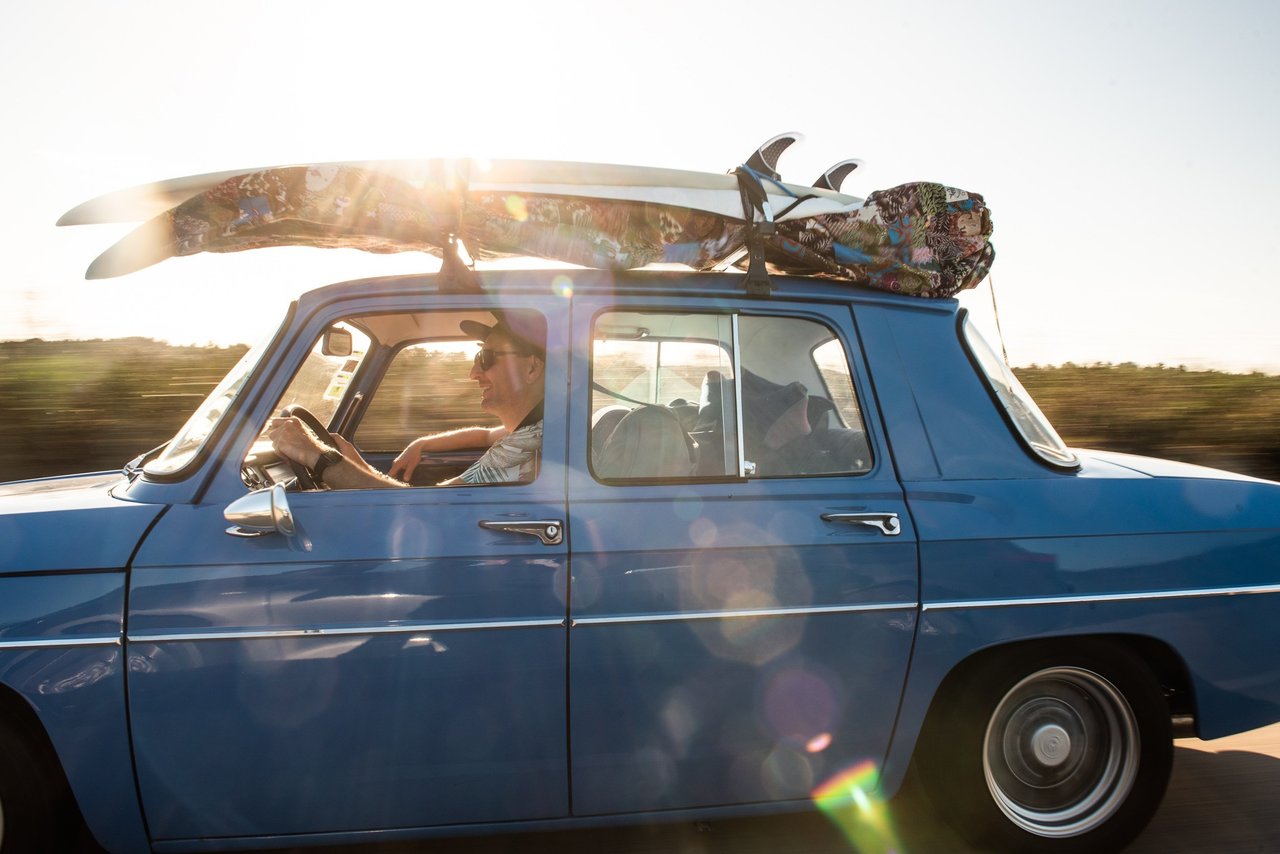
Working with Renault race driver Jean Vinatier, Gordini finessed the chassis, gave the car closer gear ratios and re-engineered the head. The first 8 Gordini debuted with an 1,100cc engine developing 89hp. The one you see in the pictures is a facelifted version, which got a 1,300cc motor rated at 100hp. It also received two additional front headlights, which gave it a distinctive look.
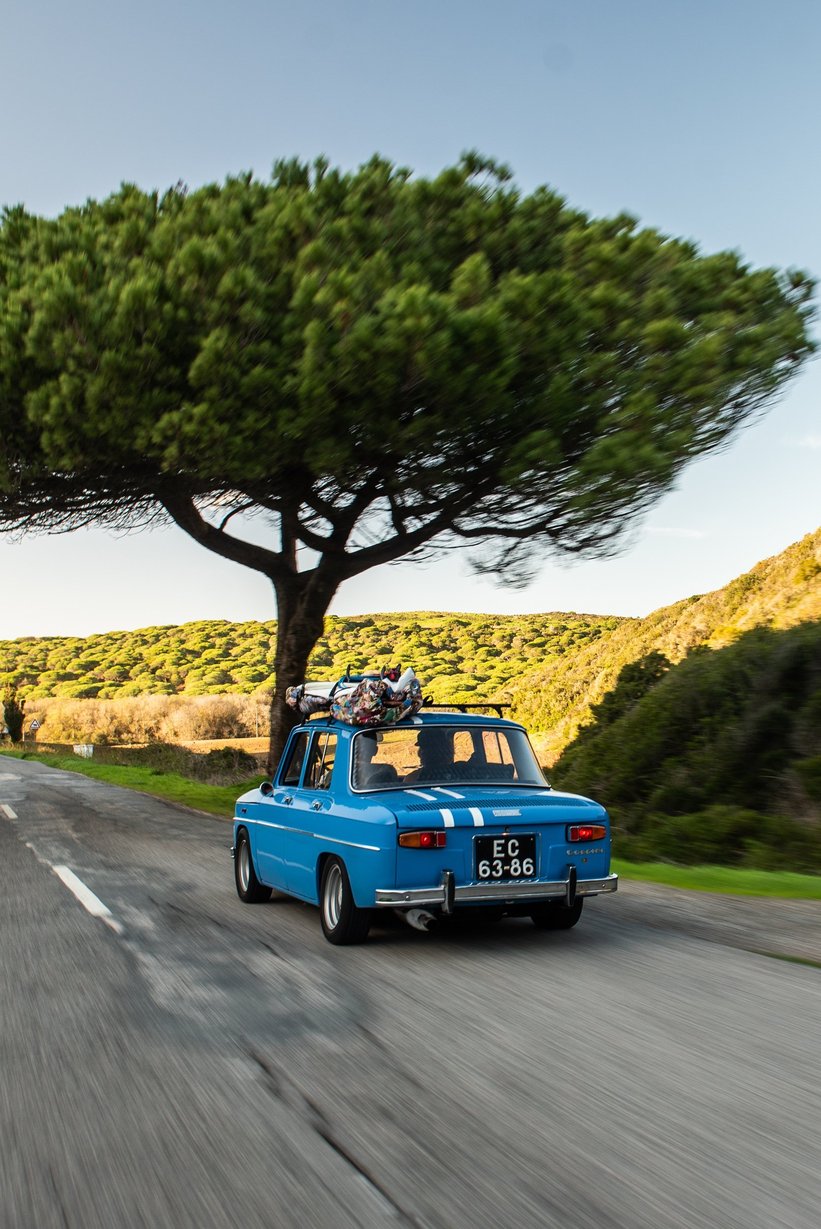

In the context of the era, Gordini’s car offered a unique price-to-performance ratio. The BMW 2002 wouldn’t appear until 1972 and the Alfa Romeo Gulia was around 30% more expensive. That made the white-striped blue machine a godsend to young car enthusiasts in Europe, as it was perhaps the only truly sporty car they could afford.
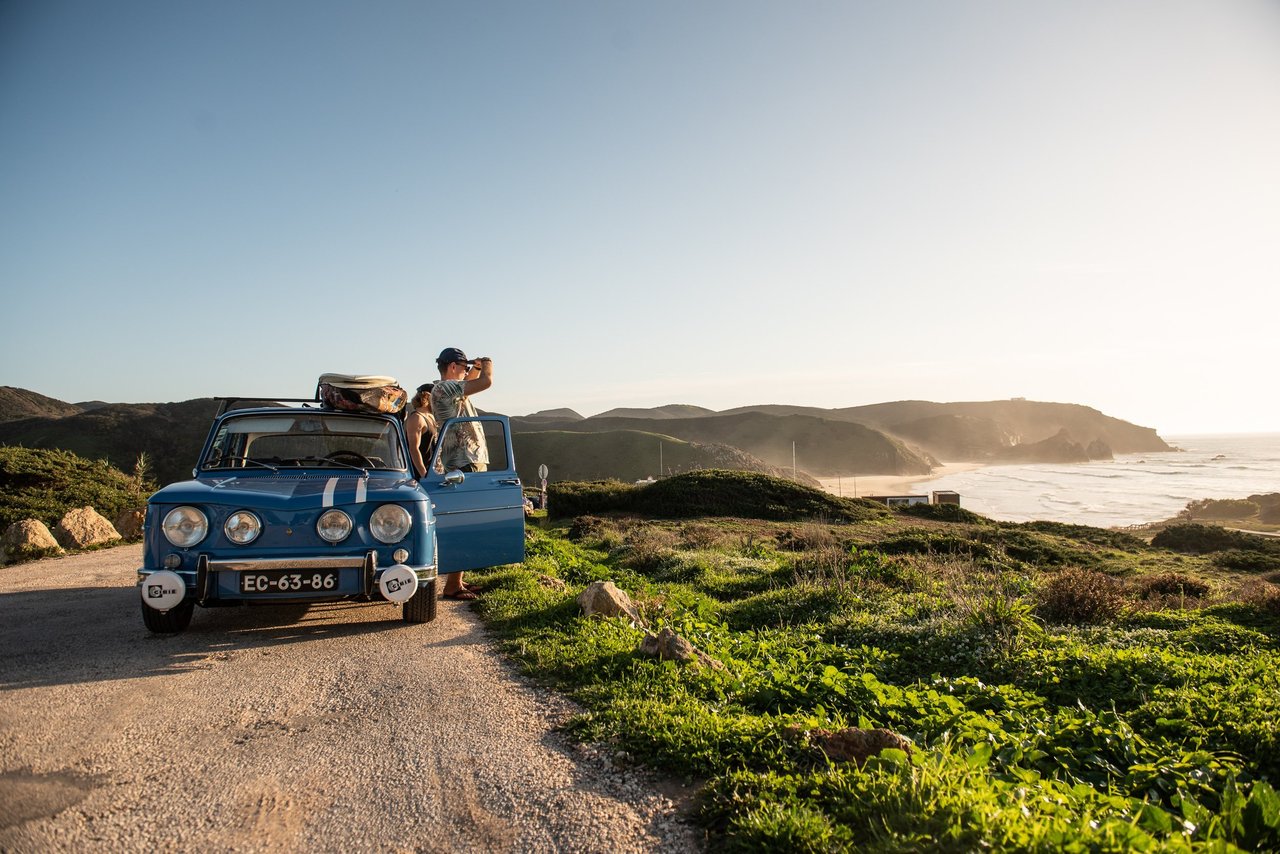


The latest chapter of today’s protagonist starts in late 2020. This was the moment its current owner decided to leave cold and rainy Poland in order to spend the winter in sunny Portugal. Having spent the last couple of months running his business via e-mails and Zoom calls, he thought ‘why not do it from Portugal?’
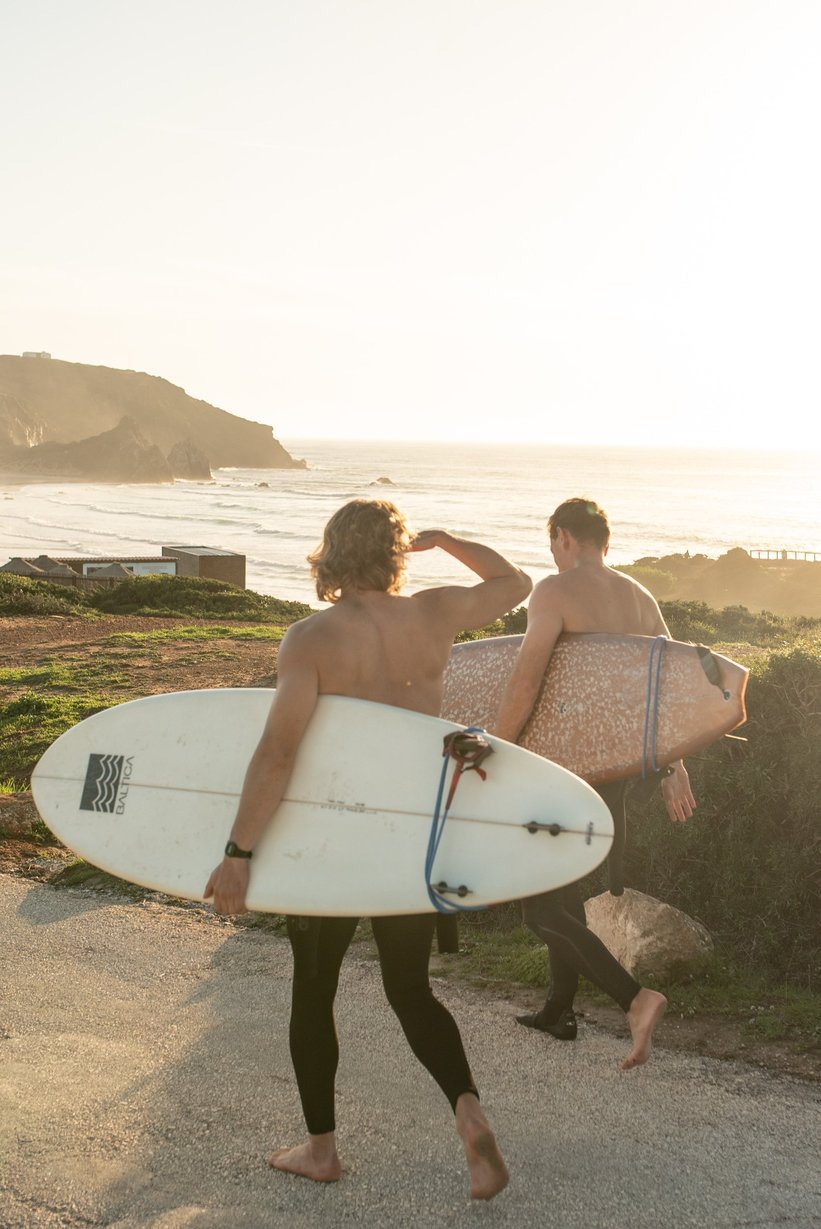

The idea of buying one of Gordini’s masterpieces had been with him for some time. He knew it would be a perfect match for his 1971 Alpine A110 1600S and 1984 Renault 5 Turbo – both in blue, both part of La Squadra Gallery in Katowice, Poland. When it comes to buying classics, he has a simple and proven rule: “the history of the vehicle and the person who’s selling it need to come together in a certain way. Once I feel it, I know this is the time for a newcomer to join my collection.”
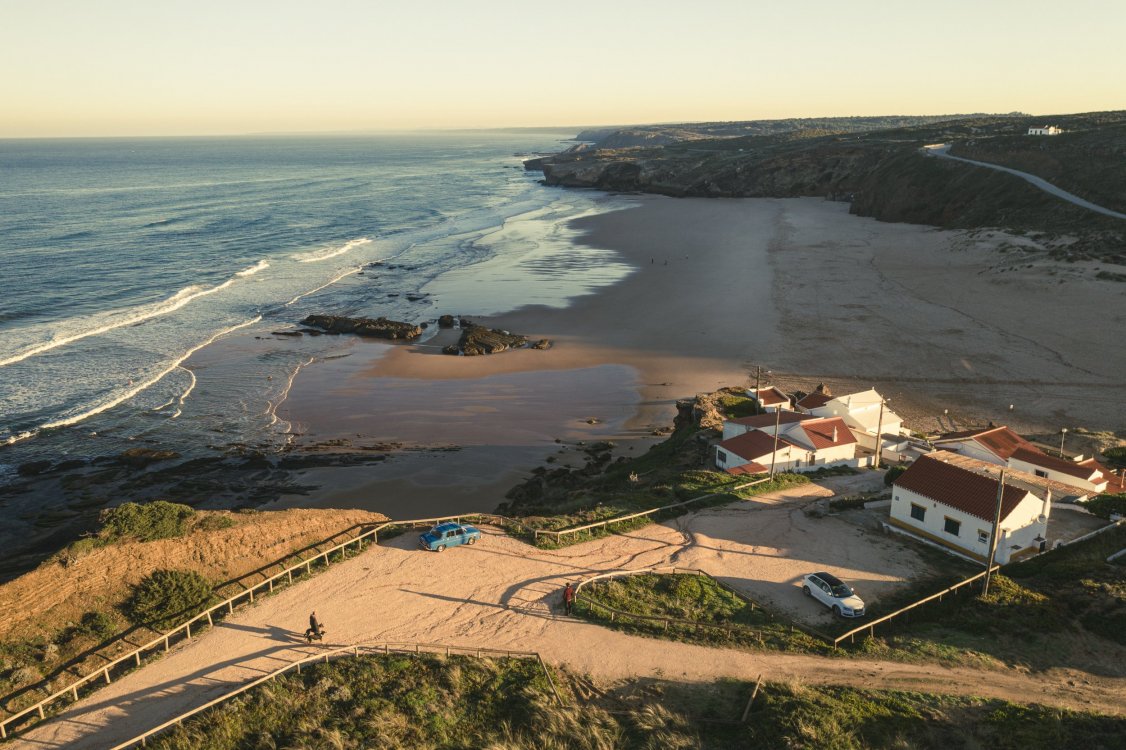
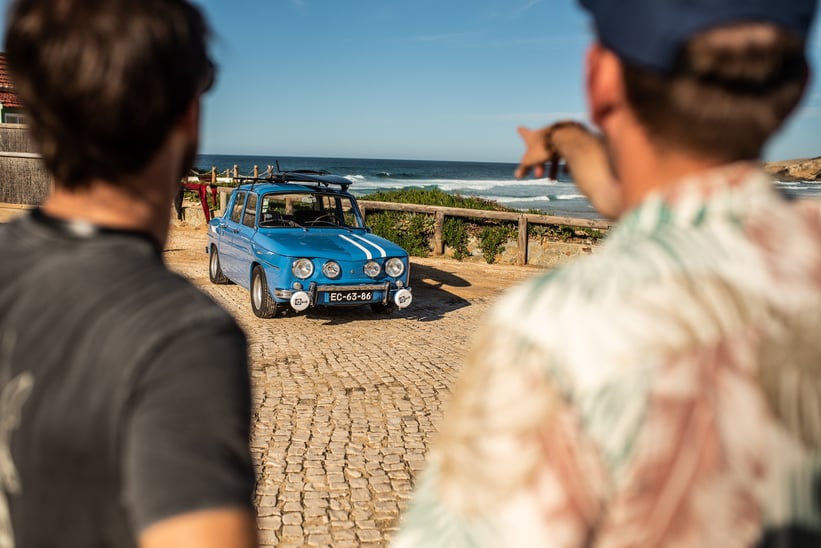

And that was the case with the Gordini. The car was purchased from Timeless Garage in Lisbon (which had carried out a full restoration) and that’s why the story you see in the pictures starts there. A few days later, after some small mechanical corrections and a surfboard roof rack installation, the real mission began: the blue car hit the curves of the Algarve once again. It quickly became clear that even after more than 50 years, Amédée Gordini’s great engineering talent still shines through.

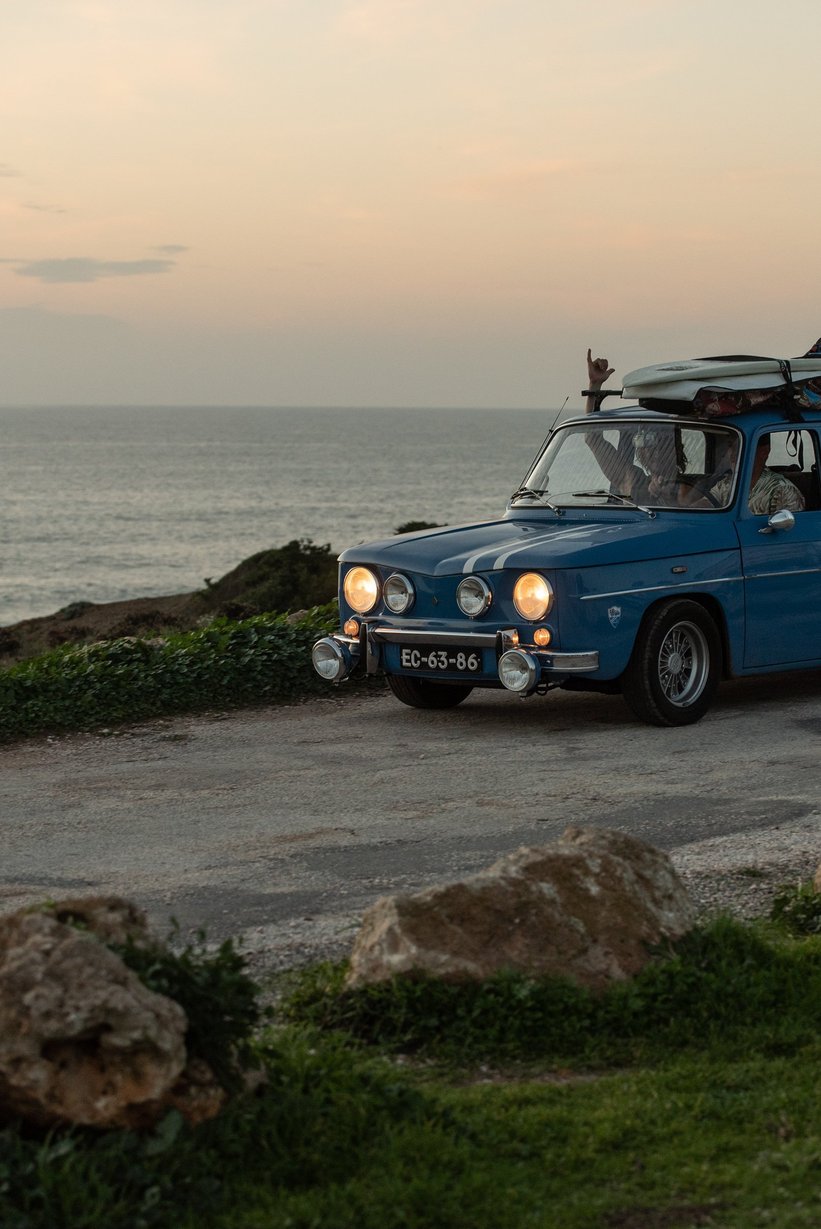
Let’s get back to the owner. “I was surprised with the handling. I’ve driven quite a lot of cars from this era and I wasn’t expecting it to be that good. It’s almost as agile as my Alpine,” he says. “It even shares the five-speed transmission with it. The steering wheel is much bigger than in Rédélé’s marvel, but it still tells you a lot about what’s going on with the car”.
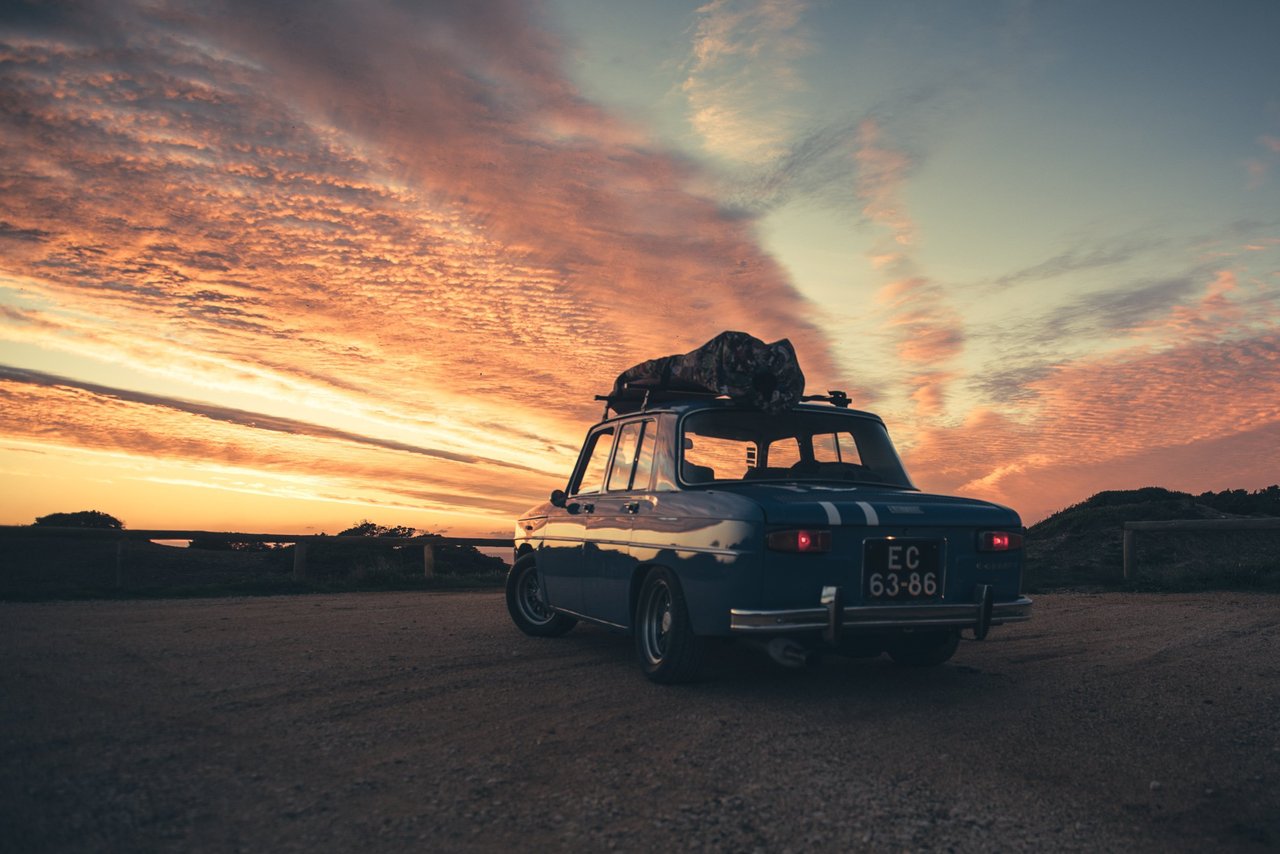
The icing on this delicious cake is the original Voxon radio, for which you need to have cassettes of an unusual format. Luckily enough, the car was sold with two original cassettes. Listening to them while driving the crazy coastal roads, the new owner can share in at least some of the happiness Heitor experienced driving the same routes back in the ’60s.
Text and Photos: Andrzej Cieplik for Classic Driver © 2021
























































